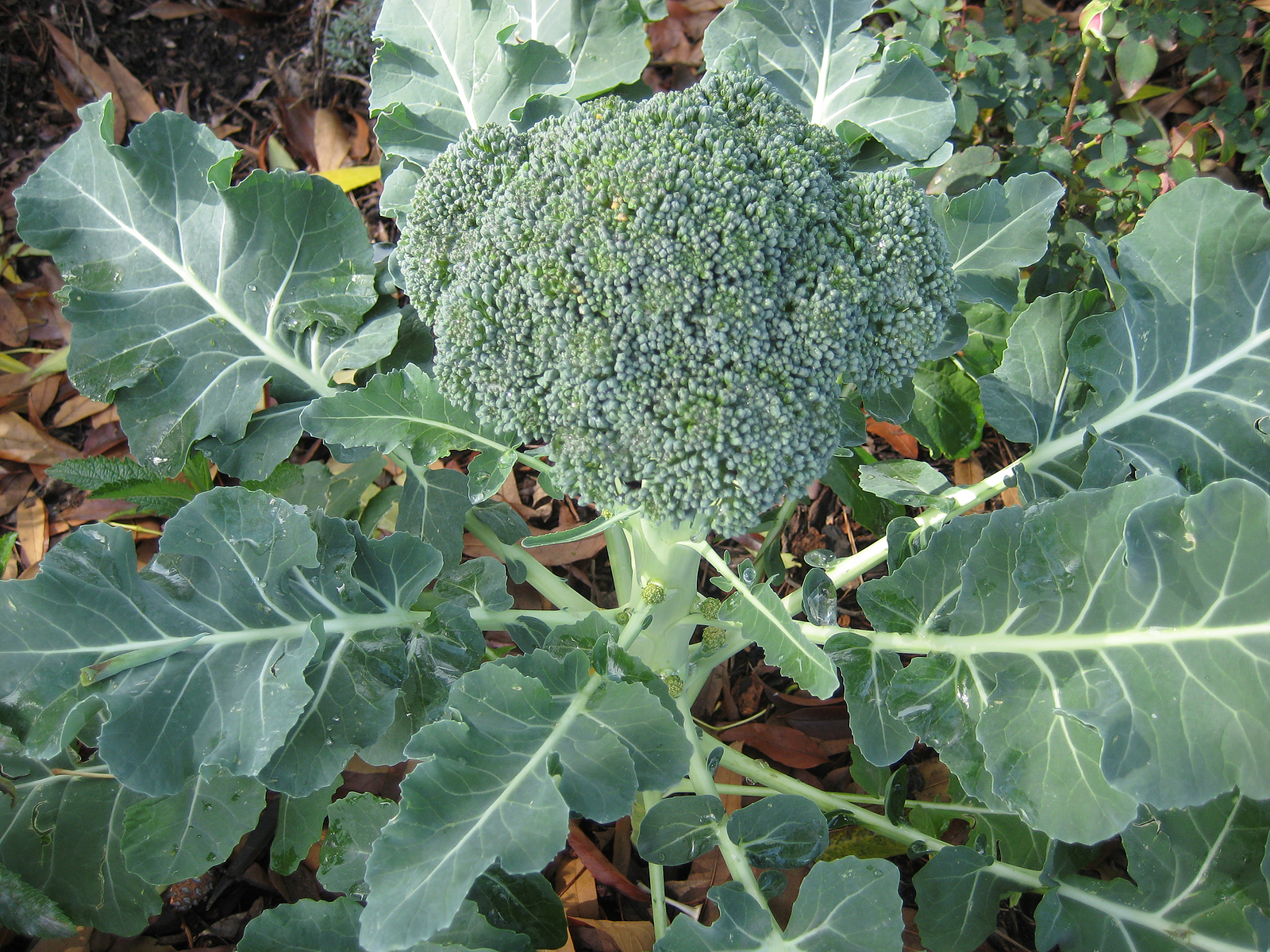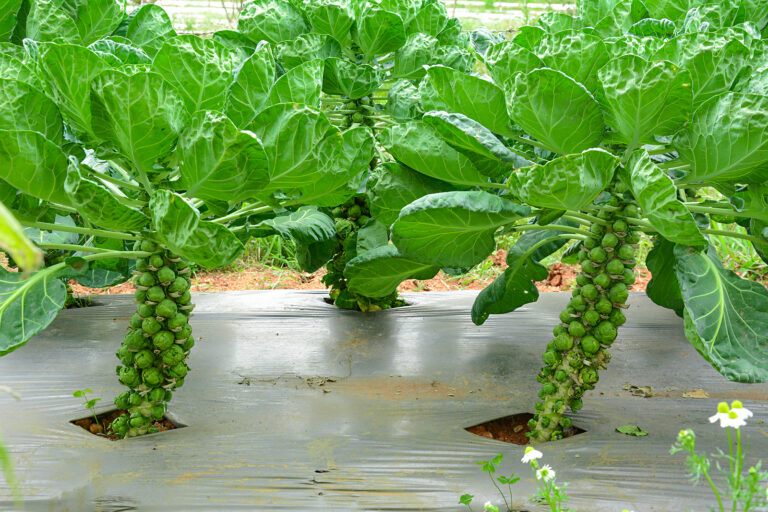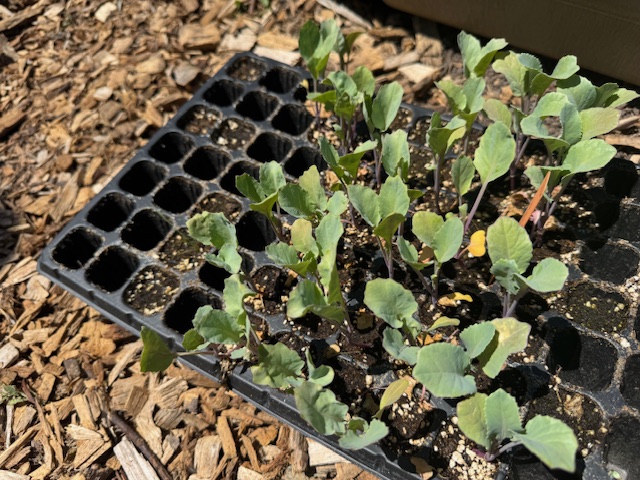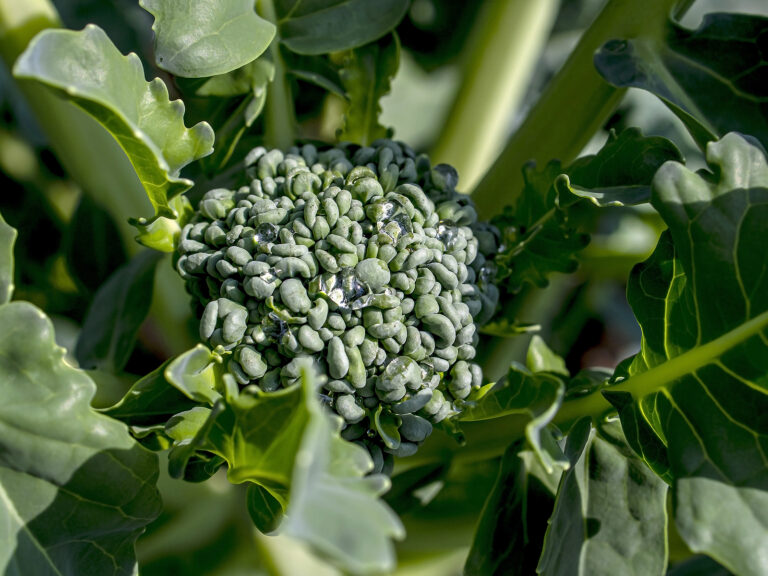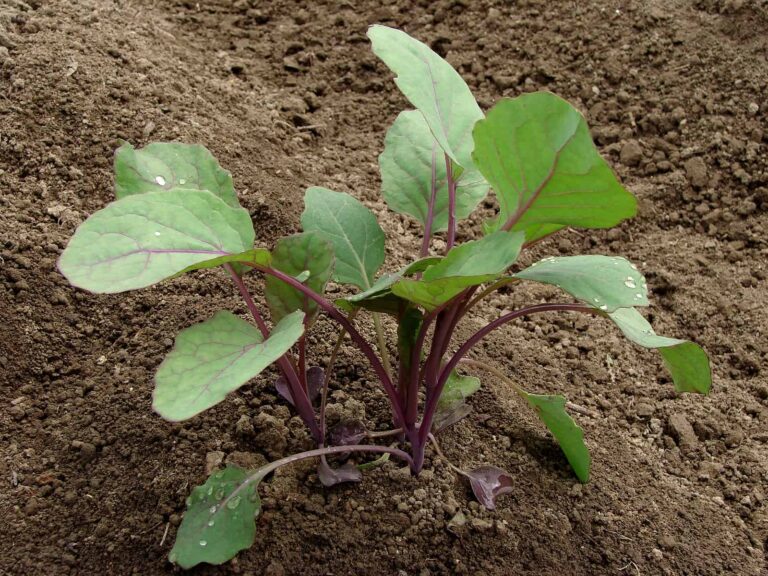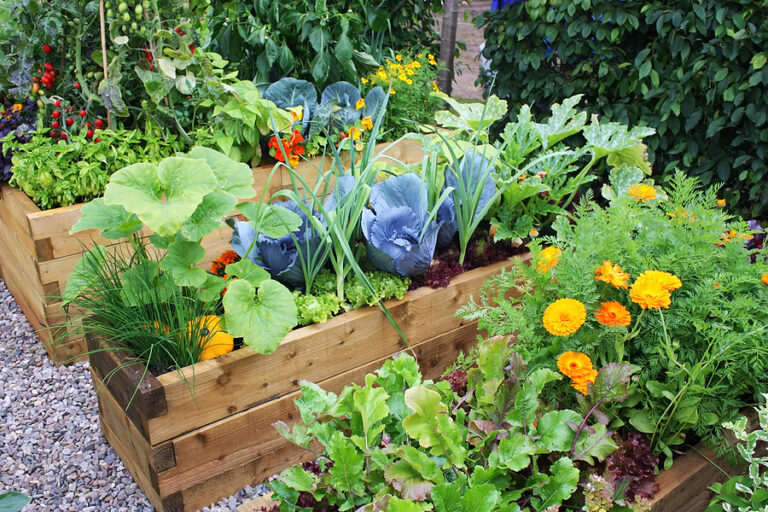How to Water Broccoli: Preventing Split Heads and Bitter Taste
Broccoli is a cool-season crop that thrives on consistent moisture. Too little water can cause stress and bitterness; too much or irregular watering can lead to split heads and reduced quality. Proper watering isn’t just about quantity—it’s about timing, frequency, and consistency.
After more than 30 years of growing broccoli in varied conditions, I’ve refined my watering practices to produce consistently sweet, compact heads. Here’s how to avoid common watering mistakes that can ruin an otherwise perfect crop.
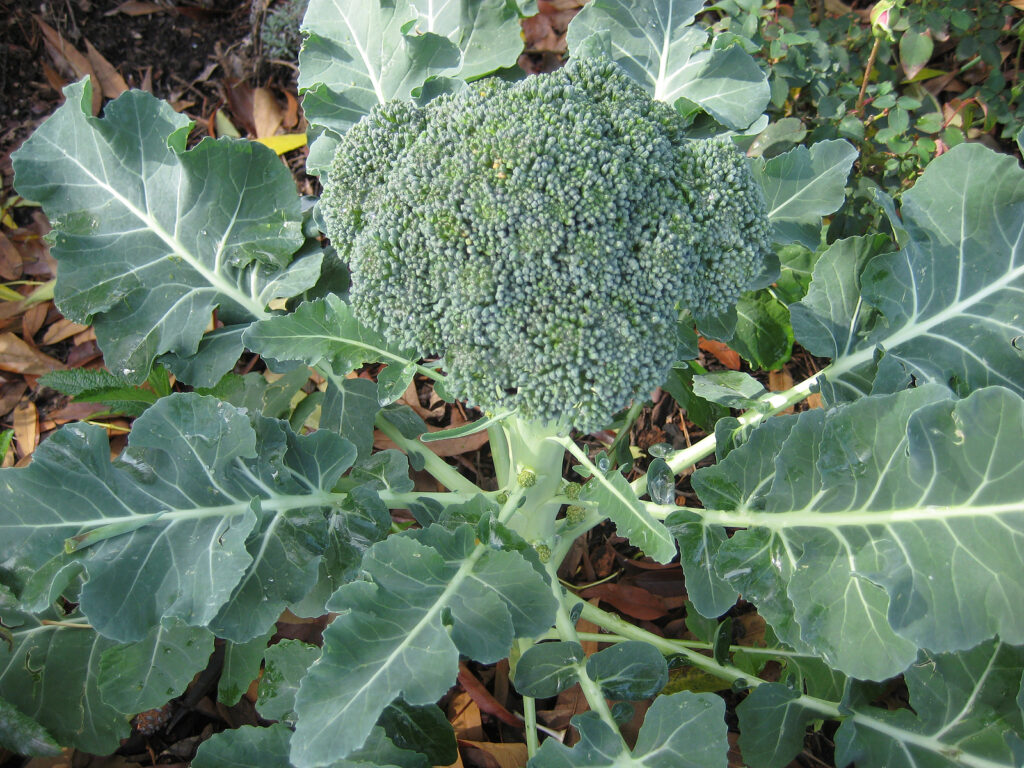
Why Watering Matters for Broccoli
- Split heads happen when a period of dry soil is followed by sudden heavy watering or rain. The rapid growth surge causes the head to crack apart.
- Bitter taste develops when plants are stressed by heat, drought, or inconsistent moisture, causing compounds to concentrate in the florets.
Step 1: Keep Soil Consistently Moist
- Broccoli needs 1–1.5 inches of water per week, either from rain or irrigation.
- Water deeply to moisten the top 6–8 inches of soil, encouraging strong root growth.
In my raised beds, I aim for deep watering twice a week during cool weather, increasing to three times a week in warm spells.
Step 2: Water Early in the Day
Morning watering allows leaves to dry before nightfall, reducing the risk of fungal diseases. It also ensures plants have moisture during the hottest part of the day.
Step 3: Use the Right Irrigation Method
- Best: Drip irrigation or soaker hoses—deliver water directly to roots without wetting leaves.
- Avoid: Overhead watering late in the day, which can encourage disease and waste water through evaporation.
My drip lines under mulch have nearly eliminated split heads in my garden.
Step 4: Mulch to Retain Moisture
- Apply 2–3 inches of organic mulch (straw, shredded leaves, or compost) around plants to reduce evaporation and keep soil cool.
- Mulching also evens out soil moisture, reducing stress that leads to bitterness.
Step 5: Adjust for Weather
- Hot weather: Increase watering frequency to keep soil from drying out.
- Rainy periods: Reduce supplemental watering to avoid waterlogging.
I check soil moisture by inserting my finger 2 inches deep—if it feels dry, it’s time to water.
My Experience with Broccoli Watering
In over three decades of growing broccoli year-round, I’ve dealt with everything from cracked heads after summer thunderstorms to bitterness during drought. Through consistent watering schedules, drip irrigation, and mulch management, I’ve produced reliably sweet, firm heads, even in challenging weather. This guide is based on tested, field-proven practices, not just theory.
Broccoli Watering Frequency by Temperature
| Temperature Range (°F) | Watering Frequency | Notes |
|---|---|---|
| Below 60°F | Once per week | Cooler temps reduce evaporation; avoid overwatering |
| 60°F – 75°F | 2 times per week | Maintain consistent moisture for steady growth |
| 75°F – 85°F | 3 times per week | Increase frequency; check soil moisture regularly |
| Above 85°F | Every other day | Hot weather dries soil quickly; mulch and drip irrigation recommended |
Tips:
- Always water deeply to reach 6–8 inches of soil.
- Adjust frequency based on rainfall and soil moisture tests.
- Mulching helps retain moisture, reducing watering needs.
🌱 Broccoli Learning Hub
Your complete guide to planting, growing, and enjoying homegrown broccoli.
1. Start Here: The Complete Guide
2. Planning & Planting
Getting off to a strong start.
- When to Plant Broccoli: Timing by Zone and Season
- Broccoli Seed Starting Tips
- How to Start Broccoli Seeds Indoors: Step-by-Step for Success
- Best Broccoli Varieties for Tight Heads and Long Harvests
- Succession Planting Broccoli for a Longer Harvest Window
- Best Companion Plants for Broccoli (And What to Avoid)
3. Growing & Care
Tips to nurture strong, flavorful heads.
- How to Fertilize Broccoli for Big, Tight Heads
- How to Water Broccoli: Preventing Split Heads and Bitter Taste
- How to Prune and Thin Broccoli for Better Growth
- Growing Broccoli in Hot Weather: How to Prevent Bolting
- How to Keep Broccoli from Bolting Early (And What to Do If It Does)
- Broccoli Growing Problems: Troubleshooting
- Why Are My Broccoli Heads Small or Loose? Top Growing Mistakes
4. Harvest & Storage
Get the timing right for best flavor.
- How and When to Harvest Broccoli for Peak Flavor and Yield
- How to Get a Second and Third Broccoli Harvest From One Plant
- How to Harvest and Store Broccoli
5. Kitchen & Table
Turn your harvest into meals.
6. Related Crops
Expand your brassica garden.

